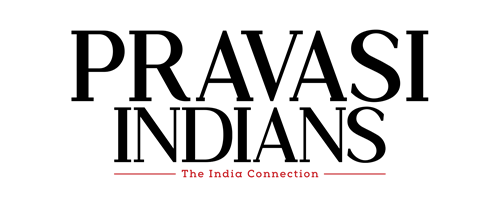You have teaching experience in both Canadian and Indian higher education institutions. Where do you see the difference and what are the similarities?
Both the Indian and the Canadian systems have many similarities. Students join university after 12 years of schooling. Professional programmes are of four years in both countries. However, some of the bachelor’s programmes are of three years in India whereas at Canadian universities, all the programmes are of four years. The major differences are in the facilities provided and the expectations from the professors and researchers.
Canada is able to provide most of the necessary facilities to its researchers at its universities. However, its own needs, separate from those of the powerhouse of research along its southern border, are extremely limited.
From 2018 onwards the Indian higher education system has become the largest in the world, surpassing the Chinese system. Moreover, it is likely to remain the largest system during the 21st century.
Indian universities have been able to provide engineers and scientists who have successfully set up and managed some of the largest enterprises in the world. India’s space programmes and many of its large engineering industries are able to develop products of the highest quality for satisfying its own great needs. Many of its graduates have served multi-national companies in North America, England, Vietnam and many other countries. However, in the next three decades, many Indian state governments are likely to make major investments in universities and one can expect many great institutions to come up during the next three decades.
How do you suggest collaborative activities be improved amongst the universities of both countries?
Today the only vehicle for a systematic collaboration between the universities in India and Canada are a few funding and scholarship opportunities. These fellowships support and increase links between academia and civil society organisations by funding certain research activities and by hosting seminars and conferences.
In 2011, the Gujarat Technical University and Laurentian University started a student and faculty exchange programme. Under this programme, 60 to 120 students from India study during the summer months in Canada. Clearly, this type of programme provides a connection between the two nations and should be encouraged. The Canadian and Indian governments must provide funding for an annual exchange of university teachers, researchers and students, who all should be able to work for short periods in each other’s country.
The cost of education is much cheaper in India. Do you think Canadian universities can create a base in India and attract more students in India?
Canadian universities, through offices of their own or through the offices of commercial organisations, are reaching out for attracting more students from India. These programmes must be enlarged so that all the necessary information is easily made available to prospective students in India.
How do you think education can play a role in improving the bilateral relationship between India and Canada?
Universities in Canada should be encouraged to set up Centres for India Studies. Similarly, in each major state of India, universities should be encouraged to start a Centre for Canadian Studies. These Centres can help increase interactions in many different areas between the two countries.
Can the universities go beyond the exchange of students and engage in areas like joint research and joint projects amongst academics between the two countries? What is the scope in such joint academic collaborations and where is the gap?
The Canadian and Indian universities should take up joint research and innovation projects. When students, teachers and researchers start working together, they can find multiple ways of moving ahead jointly.
Canada and India have a great opportunity to work together for each other’s benefit and for the benefit of the whole world. There is a need to strengthen those efforts. Think tanks like the Bharat Centre of Canada can take up such tasks with support from government and private institutions.

